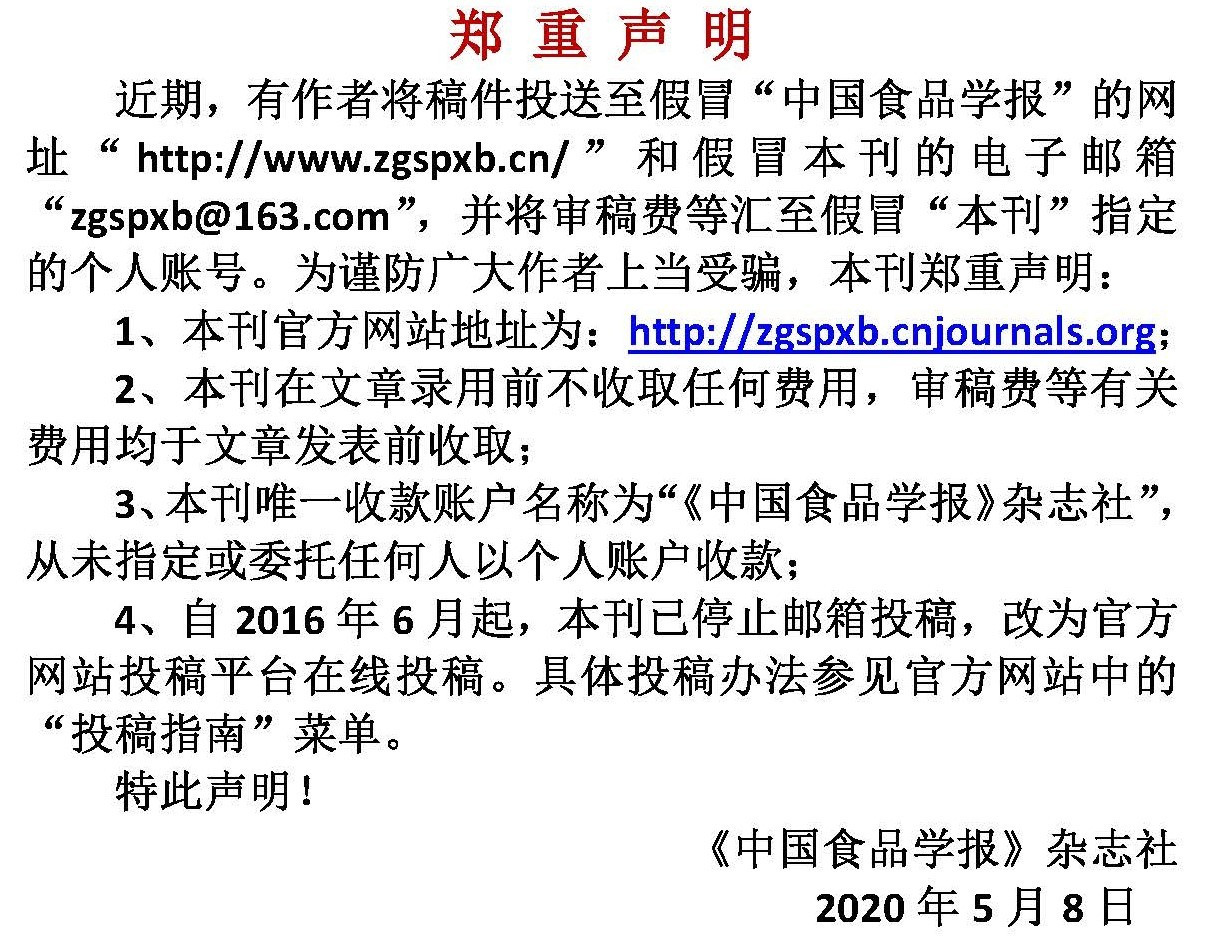基于网络药理学和细胞模型的辣木叶成分降脂研究
作者:
作者单位:
(浙江大学生物系统工程与食品科学学院 杭州 310058)
作者简介:
通讯作者:
中图分类号:
基金项目:
财政部和农业农村部:国家木薯产业技术体系(CARS-11-ZJLBY)
Studies on Moringa oleifera Leaves Components against Hyperlipidemia through Network Pharmacology and Cell Model
Author:
Affiliation:
(College of Biosystems Engineering and Food Science, Zhejiang University, Hangzhou 310058)
Fund Project:
引用本文
郑跃妍,张子妍,周溯,严晓雪,陆柏益,蒋益虹.基于网络药理学和细胞模型的辣木叶成分降脂研究[J].中国食品学报,2025,25(2):39-54
复制分享
文章指标
- 点击次数:
- 下载次数:
- HTML阅读次数:
历史
- 收稿日期:2024-02-14
- 最后修改日期:
- 录用日期:
- 在线发布日期: 2025-03-24
- 出版日期:
文章二维码

版权所有 :《中国食品学报》杂志社 京ICP备09084417号-4
地址 :北京市海淀区阜成路北三街8号9层 邮政编码 :100048
电话 :010-65223596 65265375 电子邮箱 :chinaspxb@vip.163.com
技术支持:北京勤云科技发展有限公司
地址 :北京市海淀区阜成路北三街8号9层 邮政编码 :100048
电话 :010-65223596 65265375 电子邮箱 :chinaspxb@vip.163.com
技术支持:北京勤云科技发展有限公司
